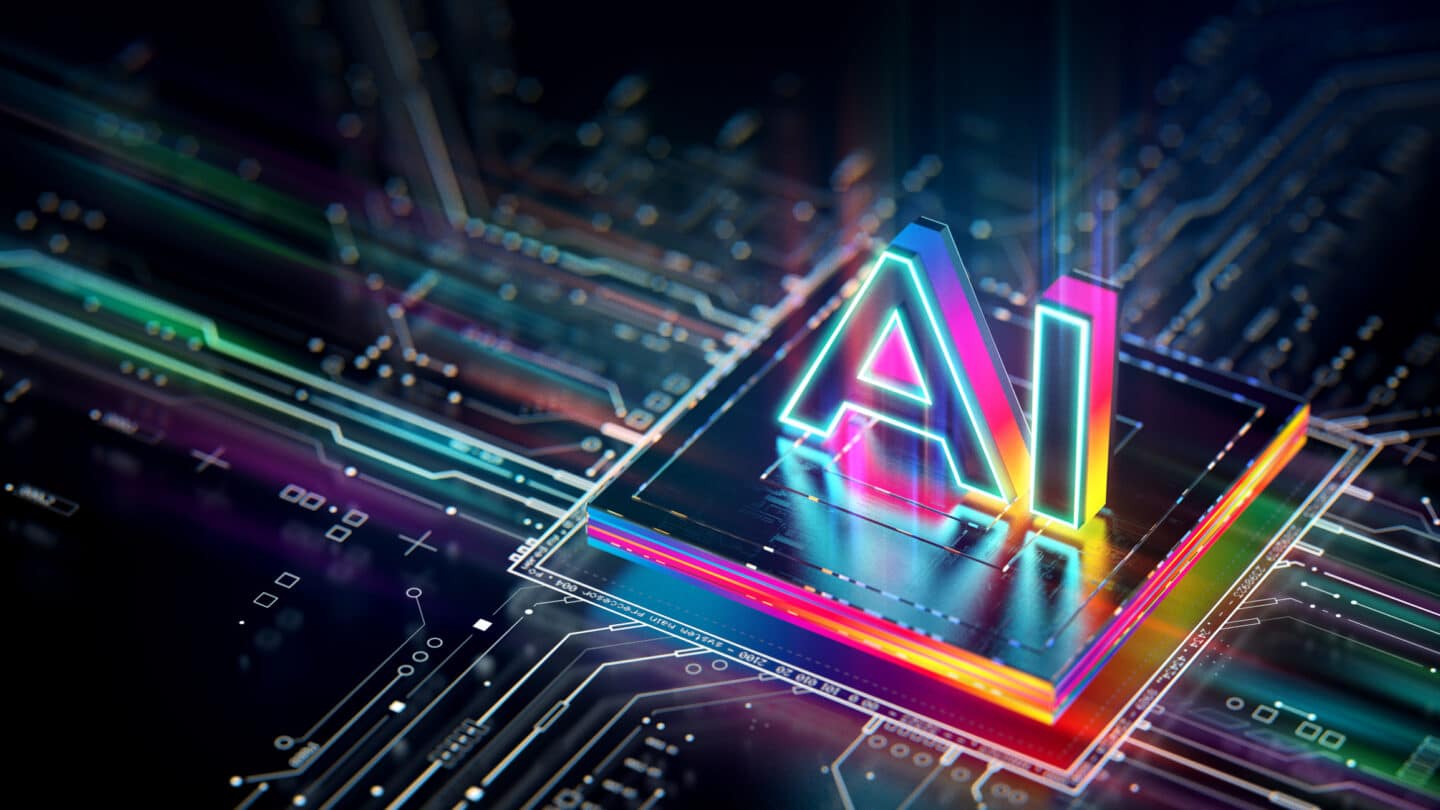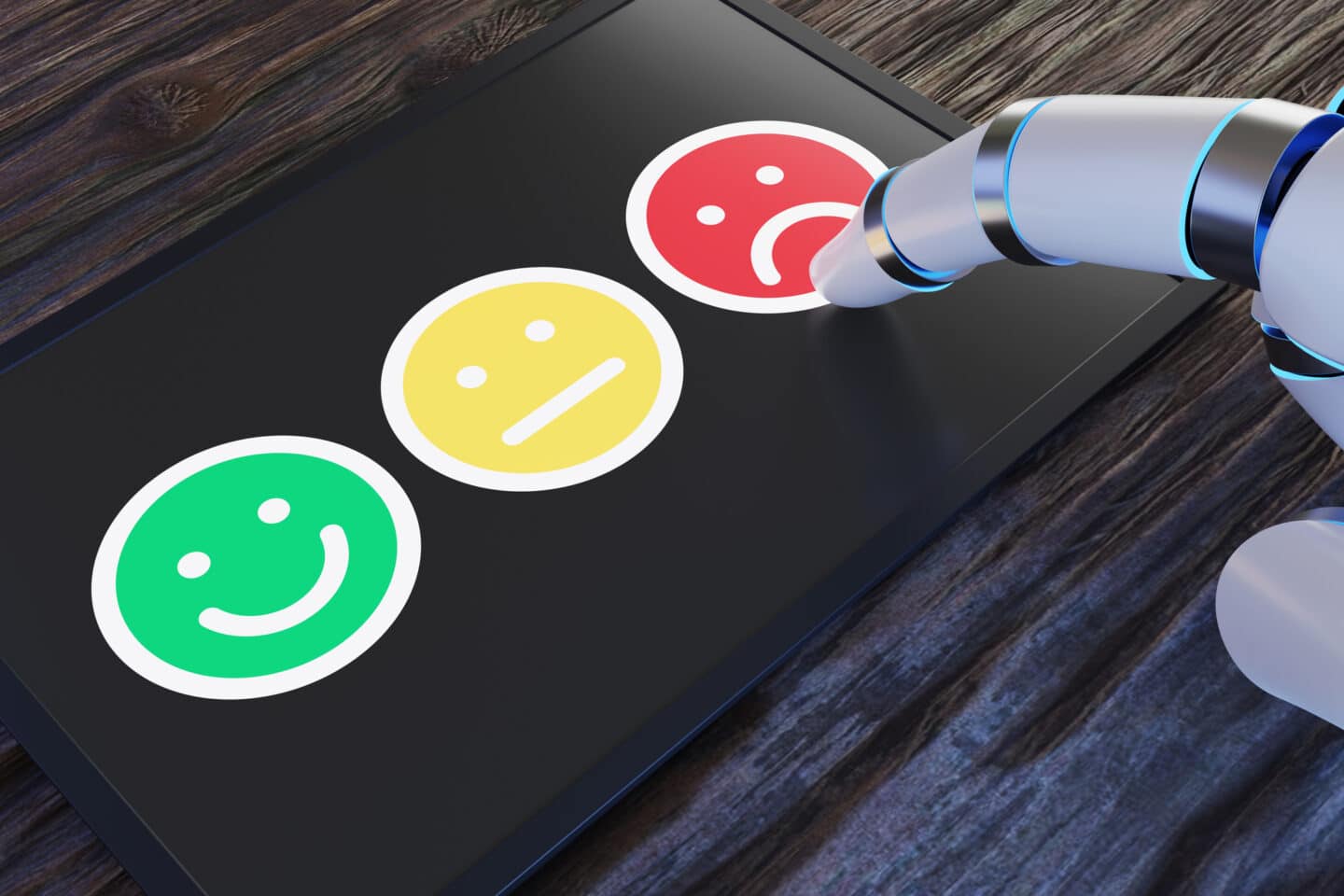Author: Kurt Treftz, Cascade Pest Control
The Artificial Intelligence Revolution has come to pest control.

It might surprise you that Artificial Intelligence (AI) has made in-roads even in the seemingly mundane world of pest control. Traditional methods, like chemicals & hands-on labor, are often expensive, dangerous to the environment, and sometimes ineffective. AI is helping to fight harder and better to keep our spaces pest-free. Check out the ways that pest control can benefit from AI.
Ways Pest Control Can Benefit from AI
Automated Detection and Monitoring Systems
AI detection uses an automated system of cameras and sensors to detect heat, movement, and sound. All this data is compiled by machine learning algorithms to help AI identify pests, recommend treatment plans, and stop pests in their larval or nymph stage.
Benefits of AI detection:
- Early detection often means less pesticide use, a win for the environment as well as the wallet.
- Improved accuracy means that treatments are more effective also saving on chemicals and money.
- Labor costs are reduced when AI systems can work round the clock and reduce manual pest detection.
Predictive Analysis & Modeling
AI can stop infestations before they happen with predictive data. The vast amounts of data that AI works with can help set up models to predict pest populations weeks, months, and even YEARS in advance. You can work smarter, not harder with AI’s effective methods.
Benefits of AI predictive analysis:
- Proactive. AI allows technicians to be proactive rather than reactive to outbreaks which can reduce labor costs
- Effective. Technicians are equipped with greater certainty to know when, where, and how to apply pesticides. AI allos them to get ahead of costly chemical applications.
Automated Trapping & Remote, Real-time Monitoring
Working in real-time with remote and automated traps can be a game changer in quick and effective pest control response. Smart traps can use sensors to release pheromones when pest are present to lure them in. Monitoring pest populations can show data on how, where, and when the population is growing in order to stop it fast. Other automated devices can target the pest and eliminate it without human involvement or at least strongly augment manuel tasks.
Benefits of Automated Trap & Real-Time Monitoring
- 24/7 response time helps build customer confidence
- Manual labor is reduced since routine inspections can be done remotely and problems are discovered quickly.
- Increased accuracy & efficiency. Again with accurate and early intervention costs to labor, money, and environment are all reduced.
Customer Notifications and Data Transparency
AI can also improve the customer service experience. Monitoring devices, sensors, and smart traps are all enhancing data-driven decision making. Customer trust increases as they see the timely responses, accurate & efficient applications, and real-time updates on pest activity and treatment development.
Benefits of Notifications and Data-Driven Decisions:
- Peace of mind for customers who can see what is happening in real-time
- Cost savings in time and money. Fewer repeated trips for monitoring and follow-up.
- Real-time up-dates and notifications to keep everyone in the loop.
Bottom Line Benefits of AI in Pest Control:
Increased Efficiency & Increased Savings
Targeted pest control and early detection means fewer applications / resistance, increased monetary savings, and reduced manual labor.
Environmentally Savvy
Less chemicals can be used which reduces pest resistance. Using a more proactive approach because of early detection, predictive analysis, and real-time monitoring means fewer and more targeted chemicals can be used.
Improved Customer Experience
Real-time information builds trust. Customers can find security in proper identification, treatment, and monitoring of their problem. Notifications and 24/7 automated response means interventions can happen quickly.
Limitations of AI in Pest Control
Artificial Intelligence has come a long way, but there are still some challenges that stand in the way.

- Costs. Some AI applications and devices (like cameras, sensors, automated traps, and software) are still prohibitively expensive and might not be practical for home use.
- AI still needs human oversight. AI is more an augmentation to human labor than a replacement of it. The human brain is needed for determining final treatment plans, weeding out false positives, and interacting with customers.
- It’s only as good as the data it receives. AI is constantly adapting to the inputs it receives. As data sources change, AI must respond. Data is being continually updated, refined, and accessed to make the best decisions with what is known.
It is exciting to see what AI can bring to the field of pest control. Some things may take longer to implement than others, but there are definitely benefits to be had from the amazing field of artificial intelligence.
